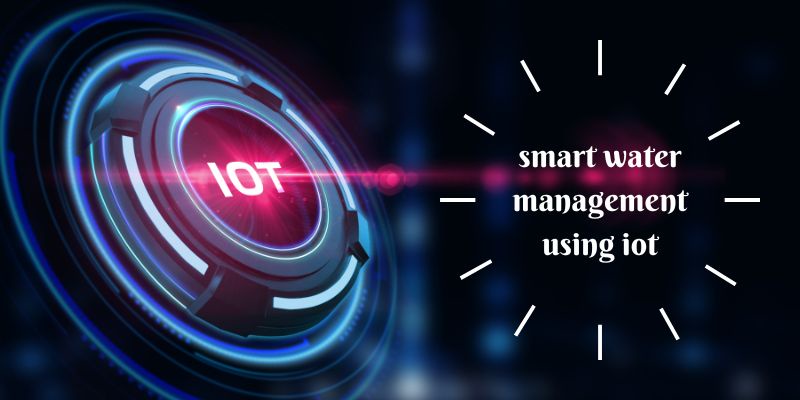Smart water management using IoT (Internet of Things) involves the integration of digital technologies to monitor, control, and optimize water usage in various applications. The goal is to improve the efficiency of water distribution, reduce wastage, and enhance overall water resource management. Here's an overview of how it works:
-
Sensor Technology:
- IoT devices equipped with sensors are deployed at key points in the water supply and distribution system. These sensors can measure parameters such as water flow, quality, temperature, pressure, and humidity.
-
Data Collection:
- The sensors collect real-time data from the water infrastructure. This data is then transmitted wirelessly to a centralized system for analysis.
-
Data Analysis and Processing:
- The collected data is processed using advanced analytics and machine learning algorithms. This analysis helps in identifying patterns, trends, and anomalies in water usage and distribution.
-
Remote Monitoring and Control:
- Water utilities and authorities can remotely monitor the status of the water infrastructure. This includes identifying leaks, detecting unusual consumption patterns, and managing water quality.
-
Automation and Optimization:
- IoT-enabled systems allow for automation in response to certain conditions. For example, if a leak is detected, the system can automatically shut off the water supply to that particular section, minimizing water wastage.
-
User Engagement:
- Some smart water management systems include interfaces for end-users to monitor their water consumption. This helps raise awareness among consumers about their water usage habits and encourages water conservation.
-
Predictive Maintenance:
- IoT devices can predict potential issues in the water infrastructure based on historical data and performance patterns. This enables proactive maintenance to prevent failures and reduce downtime.
-
Integration with Existing Systems:
- Smart water management systems are designed to integrate with existing water infrastructure, making it easier for utilities to adopt and upgrade their systems gradually.
-
Environmental Sustainability:
- By optimizing water distribution and reducing leaks, smart water management contributes to environmental sustainability by conserving water resources.
-
Cost Savings:
- Improved efficiency and reduced water wastage result in cost savings for water utilities and consumers alike.
Overall, smart water management using IoT plays a crucial role in ensuring sustainable and efficient use of water resources, addressing the challenges posed by growing populations, urbanization, and climate change. KarIoT is a technology that automates water management systems with the help of IoT solutions. It allows the customers to analyze their water consumption towards preserving and reducing water leakage. Hence, we bring to you Karikala IoT (KarIoT). Our smart water management using iot does not just record the water reading but presents to you in simple and understandable text on your smartphone. Check out our High rise building page.


No comments yet